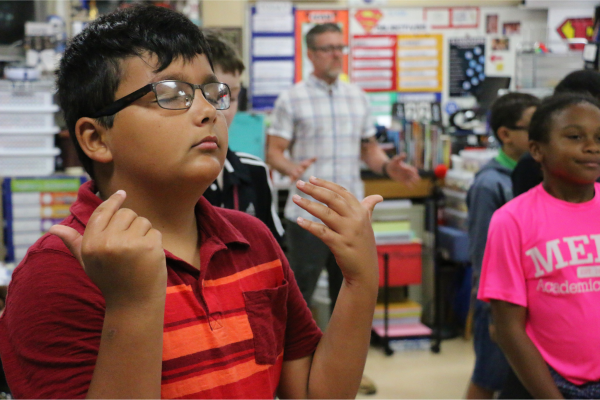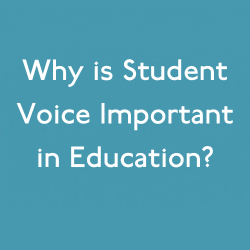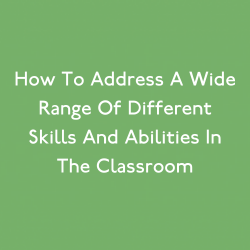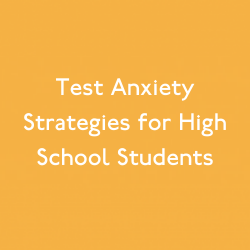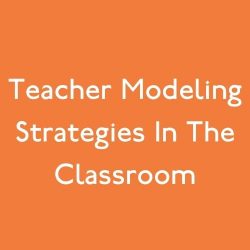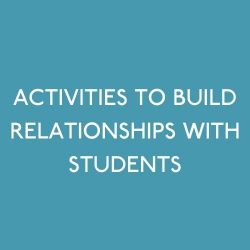During testing season, many students are met with anxiety that stems from hours of test preparation, a lack of sleep, and a high-pressure environment that over-emphasizes the importance of test results. Teachers are witnessing their students’ anxiety firsthand and are also coping with high levels of stress associated with testing themselves.
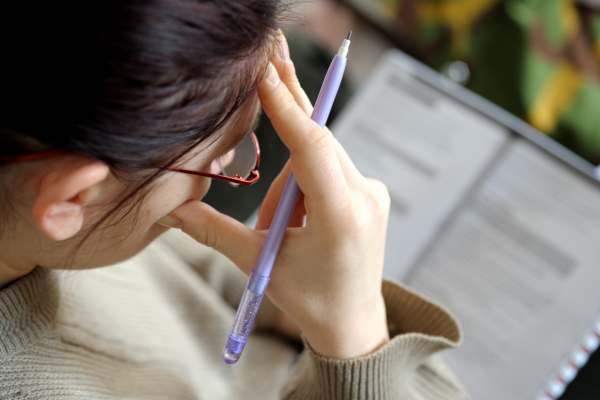
What is Test Anxiety?
According to the American Psychological Association, test anxiety is defined as “tension and apprehensiveness associated with taking a test, frequently resulting in a decrease in test performance.”
The Effects of Test Anxiety on the Mind and Body
It’s not uncommon for test anxiety to become so high that students become physically ill or emotionally distraught over standardized tests, both of which have been reported by parents and teachers. This anxiety doesn’t disappear overnight; test taking is a recurring theme in education and test anxiety can create long-lasting mental health issues.
Everyone experiences stress to some degree, but prolonged anxiety has many negative side effects that impact a student’s health, academic performance, and overall quality of life. Some of the many common symptoms of chronic anxiety include a sense of doom, breathing problems, a pounding heart, upset stomach, panic attacks, and extreme fatigue. Data also shows that test anxiety can negatively impact a student’s performance on tests and exams.
Test anxiety has often been compared to performance anxiety and can lead to negative behavior in the classroom and students making irresponsible decisions to either relieve stress or increase their performance during testing and exams.
How Can Mindfulness Help With Test Anxiety?
Mindfulness can be defined as maintaining a moment-by-moment awareness of thoughts, feelings, bodily sensations, and surrounding environment, through a gentle, nurturing lens. People affected by chronic anxiety become less associated with the present moment and become more consumed by negative thoughts and emotions.
Mindfulness helps to bring students and educators back to the present moment where they are able to become better connected with themselves, their thoughts and feelings, surroundings, and one another. Benefits of mindfulness include but are not limited to reduced stress, improved focus, less emotional reactivity, improved physical wellbeing, and even improved test scores.
Mindfulness incorporated into the school day, especially during exam time and the testing season, will help both students and staff to effectively identify and manage negative emotions and prevent unhealthy behaviors and coping mechanisms.
Classroom Strategies That Calm the Mind and Body
Mindfulness strategies for students:
Mindful Breathing
Have students close their eyes, take a deep inhale for four counts and then repeat the same process during the exhale. Another technique includes having students inhale through their noses while rolling their shoulders upward for four counts, and then exhaling through their mouths while rolling their shoulders downward.
Channel Your Inner Superhero
Have your students go to separate areas in the classroom; allow your students to choose where they feel the most comfortable standing and have them model the poses of their favorite superheroes. This is a fun activity for the whole class; staff should lead by example and encourage students by modeling their favorite superheroes as well! Remind them to channel the feeling of strength and courage as the test is approaching.
Talk Gratitude
During the testing season, many students may be overly critical of themselves and their abilities. As a class, have students to reflect and identify things to be grateful for daily; this can be done in a gratitude journal or through classroom discussion. Remind students to return to these positive thoughts during moments of frustration, this encourages them to see the “brighter side” of things.
Play a Game of I Spy
Use descriptive adjectives to point out something in your environment; this encourages children to use their senses to identify the object. Encourage students to use adjectives that involve the senses when it’s their turn to choose the next object. Returning to this classic game that many of us played as children will help students to become focused on the present!
Glitter Jar
When students are experiencing stress and frustration have these mindful jars ready for students to shake on up! First, encourage your students to identify their negative emotion, then as they shake the jar, encourage them to imagine this emotion being left behind. These jars can be used while transitioning into mindfulness test taking and after the tests are done. Consider creating glitter jars as a class; glitter jars are handy for teachers too!
Mindfulness Strategies for staff:
Stretch or Go For a Walk
Bring awareness to your body by doing physical activities mindfully. Instead of listening to music in your free time, take a few minutes to stretch or go for a quick walk around the building or outside! Focus on your body and surroundings with every movement that you make – check in with your emotions and the world around you.
Use Your Senses
Consider keeping an oil diffuser or candle nearby. In moments that feel hectic or stressful, let your mind focus on the scent – aromatherapy is calming and scents help ground us in the moment. Another option for using sensory experiences to build mindfulness is incorporating the use of rocks, s
tones, and small objects – what do you notice about the object? Appreciating texture, color, and even smell, will be especially helpful in those grounding moments.
Deep Breathing Exercises
Find an area in your school that you are most comfortable with, preferably an area that is quiet. Get comfortable – you can choose to either sit or stand; whichever works best for your needs. Make sure that your arms are resting at your sides and that your feet are planted firmly at the ground. Then, take time to simply breathe. Take four mindful breaths, counting to four for each inhale and four for each exhale. Breathe in through your nose and out through your mouth and be sure to focus on any areas of tension in your body – breathe into those areas.
Mindful Doodling
Keep a small notebook handy for mindful drawing. Find time during those lulls in the school day – set aside as little as three to five minutes to stop and catalog the world around you. Then reflect on how it makes you feel. Once you are finished reflecting, put your pencil, marker, or crayon to the paper and let your creativity speak for itself.
Self-Compassion Exercises
Silence your inner critic and give yourself much-needed motivation with exercises that boost self-compassion. At the end of each day, spend a few moments reflecting on things you’re proud of, and ways that you were also particularly critical of yourself. Then identify feelings associated with these moments and the reasons behind those feelings. Your final step will be writing yourself a few kind words. For example, “It’s okay to feel _____, because you were ________.” If you find yourself struggling with your self-compassion journal, take a look at these examples.
Test anxiety is real, exhausting and can often times feel completely unavoidable. By proactively putting strategies into place to support student and educator wellbeing we better prepare ourselves to deal with this challenging time and manage our stress. Mindfulness has the power to reduce stress, improve focus, and improve the overall school climate. It’s time that we take proactive measures to tackle test anxiety.
You may also be interested in:
The Nation’s Leading SEL Company
Move This World is the leading provider of social emotional learning (SEL) multimedia experiences for students, teachers, and families. Our SEL programs are customized for PreK-12 students and are delivered through short interactive lessons with the goal of empowering students to navigate the rapidly-changing realities of their world – both in the classroom and throughout their lives. The impactful yet simple Move This World SEL curriculum allows educators and families to incorporate Social Emotional Learning into their schedules every day, without planning or prep.
Contact us to learn more about SEL Grants and bringing Social Emotional Learning to your classroom.
Related links:

